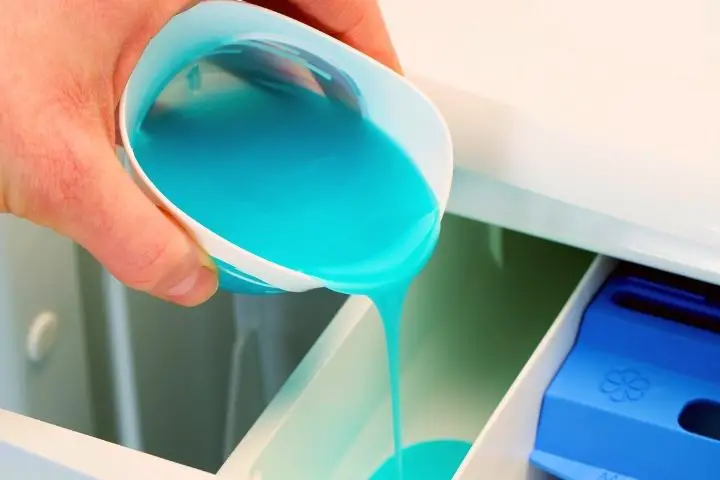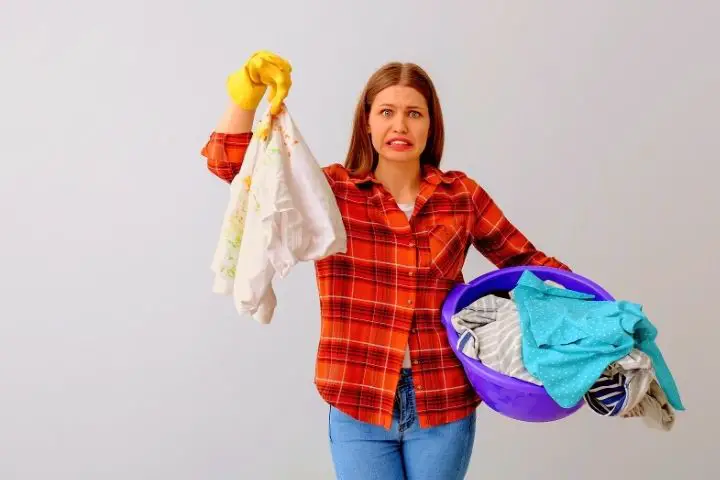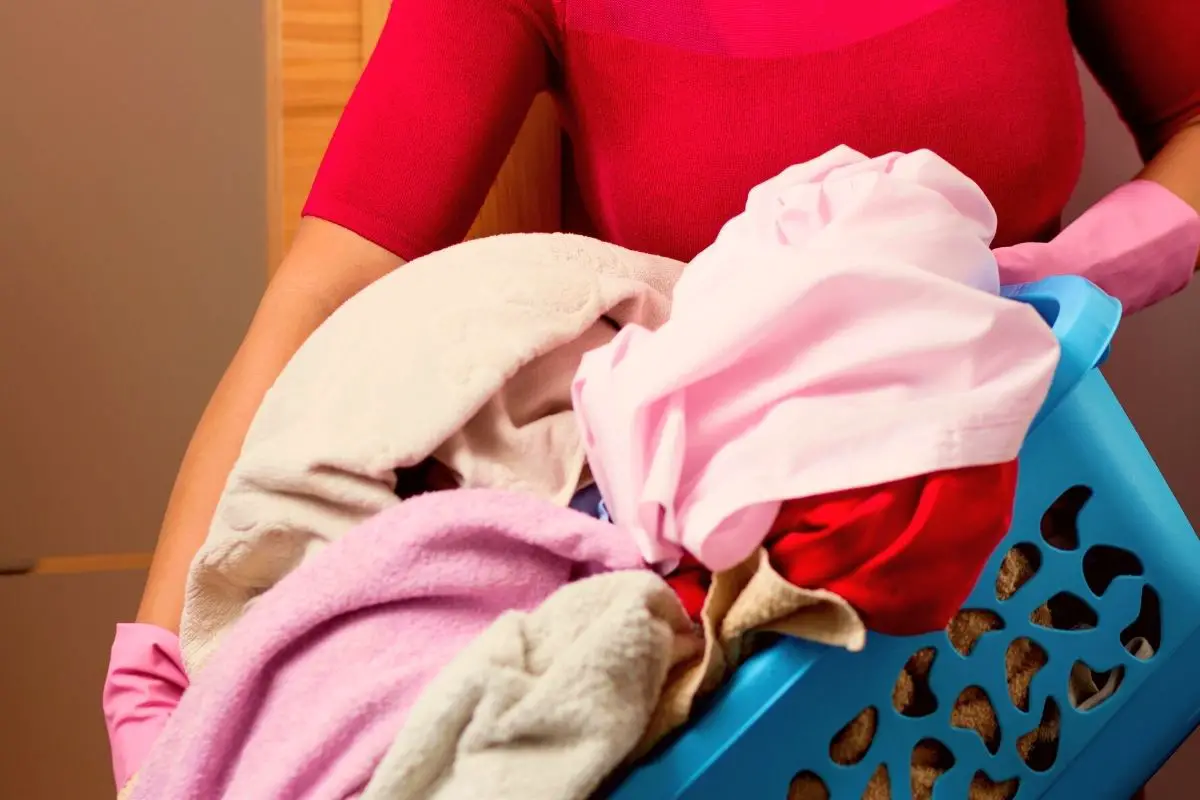How Many Loads Of Laundry Can I Do With A Septic Tank? Loads, Actually!
Septic tanks are essential to living in the countryside without giving up the modern convenience of plumbing. For those of us not able or ready to invest in a composting toilet, septic systems are unsung heroes!
While septic tanks are wonderful inventions, they’re not perfect. Something as simple as doing too many loads of laundry in a single day could cause your septic system to overflow.
How many loads of laundry are safe to do with a septic tank?
Realistically, a healthy septic tank can handle several loads of laundry in a single day. But most sources recommend limiting your daily laundering to one or two loads at most – to be on the safe side.
Will Doing Too Much Laundry Permanently Damage Your Septic System?
No, the good news here is that it’s almost impossible to permanently damage your septic system just by doing the laundry. Even 100 loads in a single day will not do irreversible damage!
The potential problem of doing too much laundry with a septic system is that the tank can’t process all of that wastewater at one time. This increases the risk of your septic tank overflowing or sewage leaking onto your property. But it won’t damage the tank itself.
6 Tips To Protect Your Septic System When Doing Laundry
1. Wait Until You Have A Full Load
We all know that doing unnecessarily small loads of laundry wastes water. But a lesser-known consequence is that all of that extra wastewater can also strain your septic system.
If possible, adjust your washing machine settings to sit the amount of laundry you’re doing with any given load.
2. Use Eco-Friendly Detergent

Harsh detergents, especially those containing bleach, can damage the beneficial bacteria inside your septic tank.
Biodegradable detergents are far less likely to cause such harm.
If you’re interested in switching detergents, take a look at our round-up of the best eco-friendly laundry detergents. Or explore the nitty-gritty details in our comparisons of Earth Breeze vs Tru Earth, Earth Breeze vs Dropps, and Kind Laundry vs Tru Earth.
Be careful not to overuse detergent and other additives when doing laundry. Less is more in this case.Always follow the recommended measurements provided by the detergent’s manufacturer.
3. Maintain Your Washer’s Lint Filter
Did you know that your washing machine has a lint filter just like your dryer? Well, it does!
This filter prevents loose lint fibers from making their way into your home’s plumbing. But if the filter becomes too dirty, it can stop working and clumps of lint will pass through to your septic tank.
Lint from your washing machine can clog the pipes going to your septic tank. Even if the lint doesn’t cause any immediate problems, synthetic fibers will build up on the bottom of your septic tank until the next time it is emptied.
4. Avoid Fabric Softeners
Traditional fabric softeners coat garment fibers so they feel smooth and soft. Unfortunately, many of the ingredients responsible for this softness can disrupt the healthy bacteria in your septic tank.
If you must use fabric softener, opt for one labeled “septic-safe” or switch to an alternative (like reusable dryer balls).
5. Pre-Wash Extremely Dirty Items

The dirt and grime washed out of clothing do not magically disappear. If you have a septic system, all of those particles will end up in the tank.
Rest assured, a healthy septic tank can handle your laundry’s day-to-day debris. But you should think twice before placing heavily soiled items — e.g., clothing caked in mud, concrete, and other heavy grime — in your septic-connected washing machine.
To protect your septic system, remove as much dirt as possible by pre-washing under a garden hose or knocking dried debris loose.
6. Time Your Laundry Carefully
If you know your septic tank is at risk of overflowing, beware of doing laundry when there is a lot of other household water entering the system.
For example, it’s best not to do a load of laundry while simultaneously running the dishwasher and draining the kids’ bathwater!
Final Thoughts on how many loads of laundry per day
To be safe, we recommend going with the more conservative number of loads – between 1 and 2. However, if your tank is healthy and well-maintained, you should be able to increase that to 2 or 3.
If, on bad day, you have a laundry emergency (maybe the kids have been doing mud kitchen!), you can probably increase that even further.
The biggest (yet unlikely) risk is to end up with an overflow tank (which is not exactly pleasant) rather than having permanent tank damage.
Frequently Asked Questions
Are High-Efficiency Washers Better For Septic Systems?
Yes, high-efficiency (HE) washers are much better for the health of your septic system. This is because HE washers are designed to use as little water as possible for each load.
Is It Illegal To Drain A Washing Machine Outside?
Yes, in many places it is illegal to drain used water from a washing machine — also called greywater — outdoors without treating it first.
You may think that running your washer’s drainpipe directly outdoors is a clever way to divert your septic system entirely. Unfortunately, improper use of this practice can have serious consequences ranging from dead garden plants all the way to a yard contaminated by hazardous waste. (This is why draining a washing machine outside is illegal in so many locations!)






